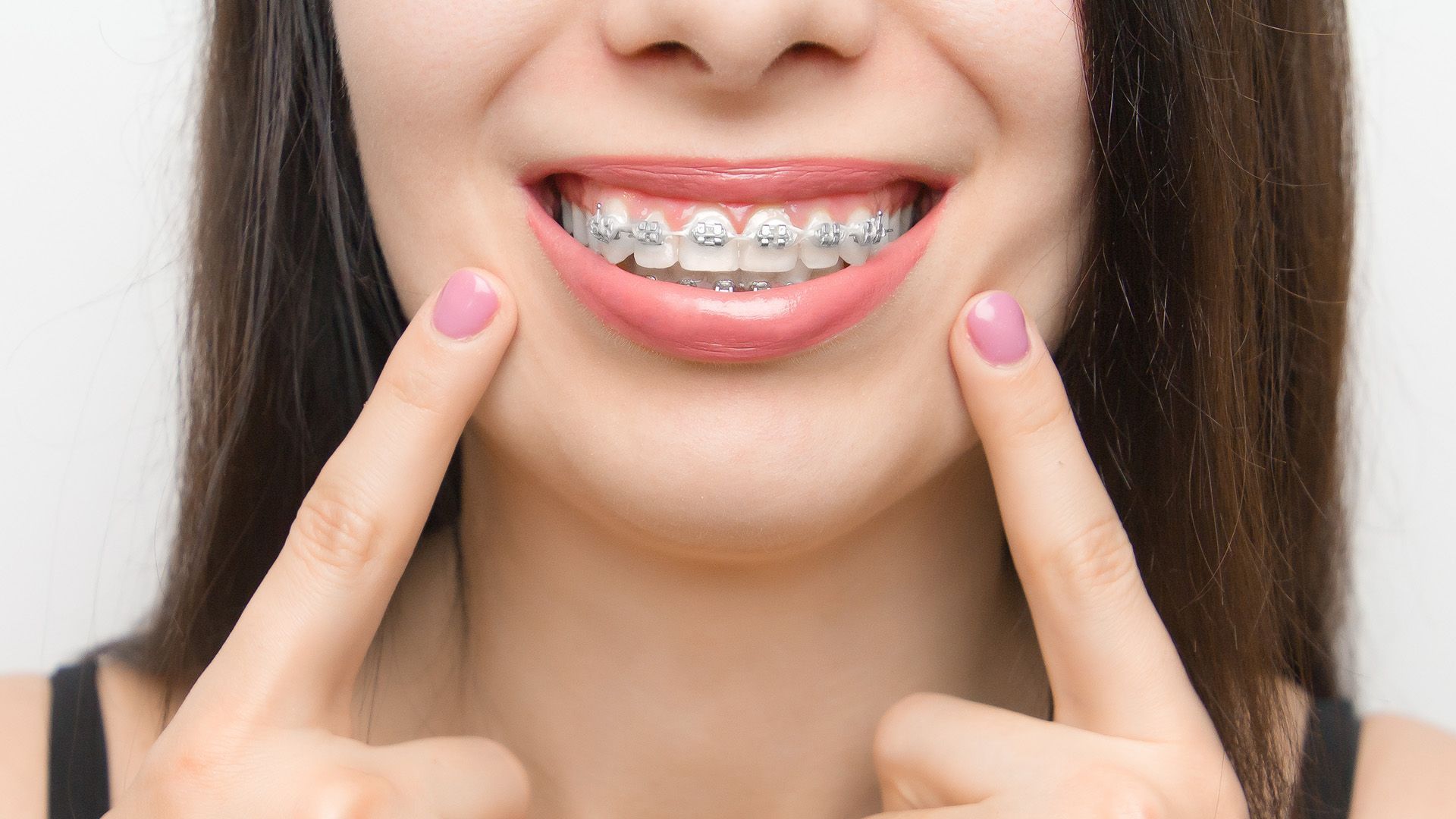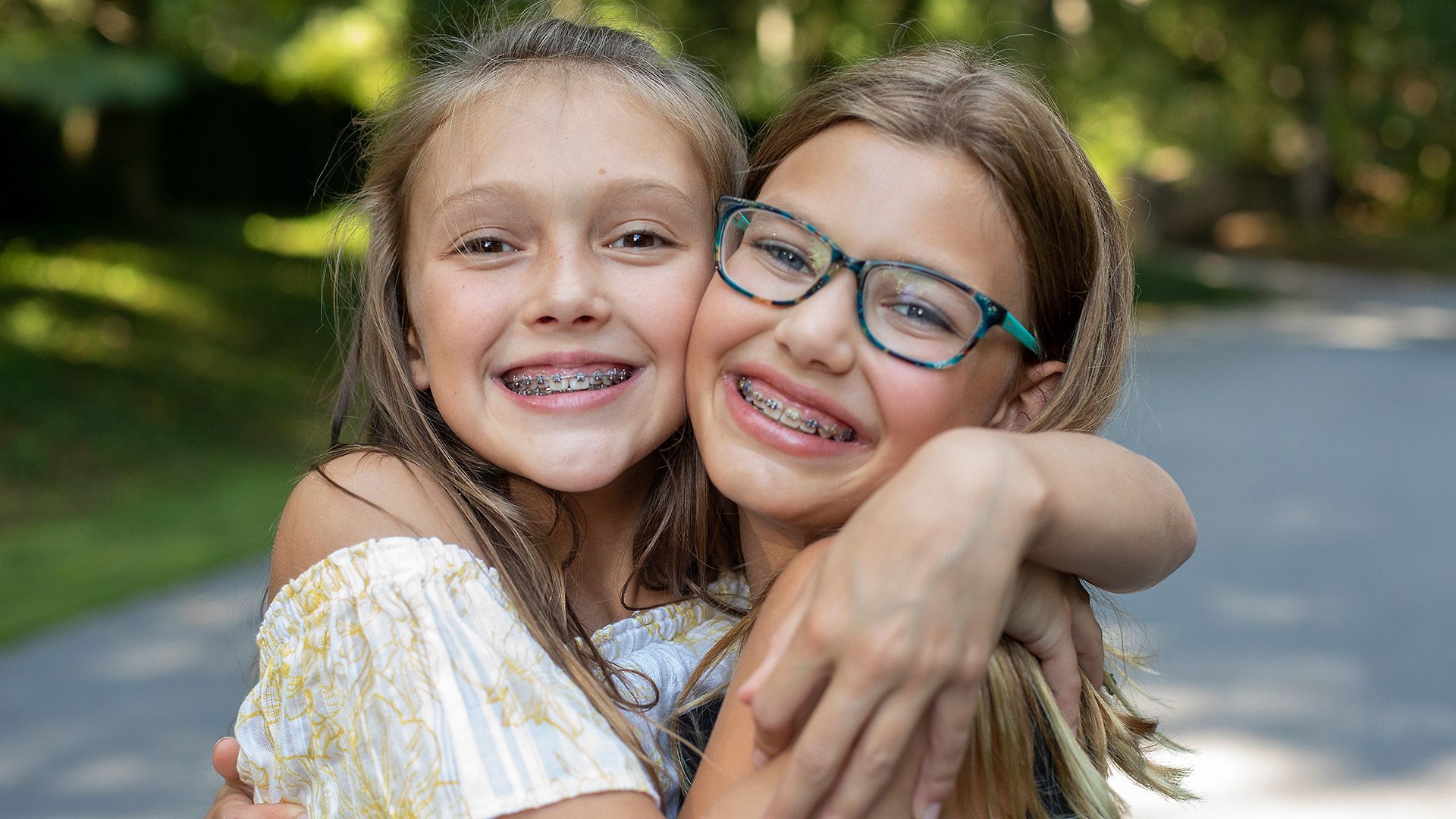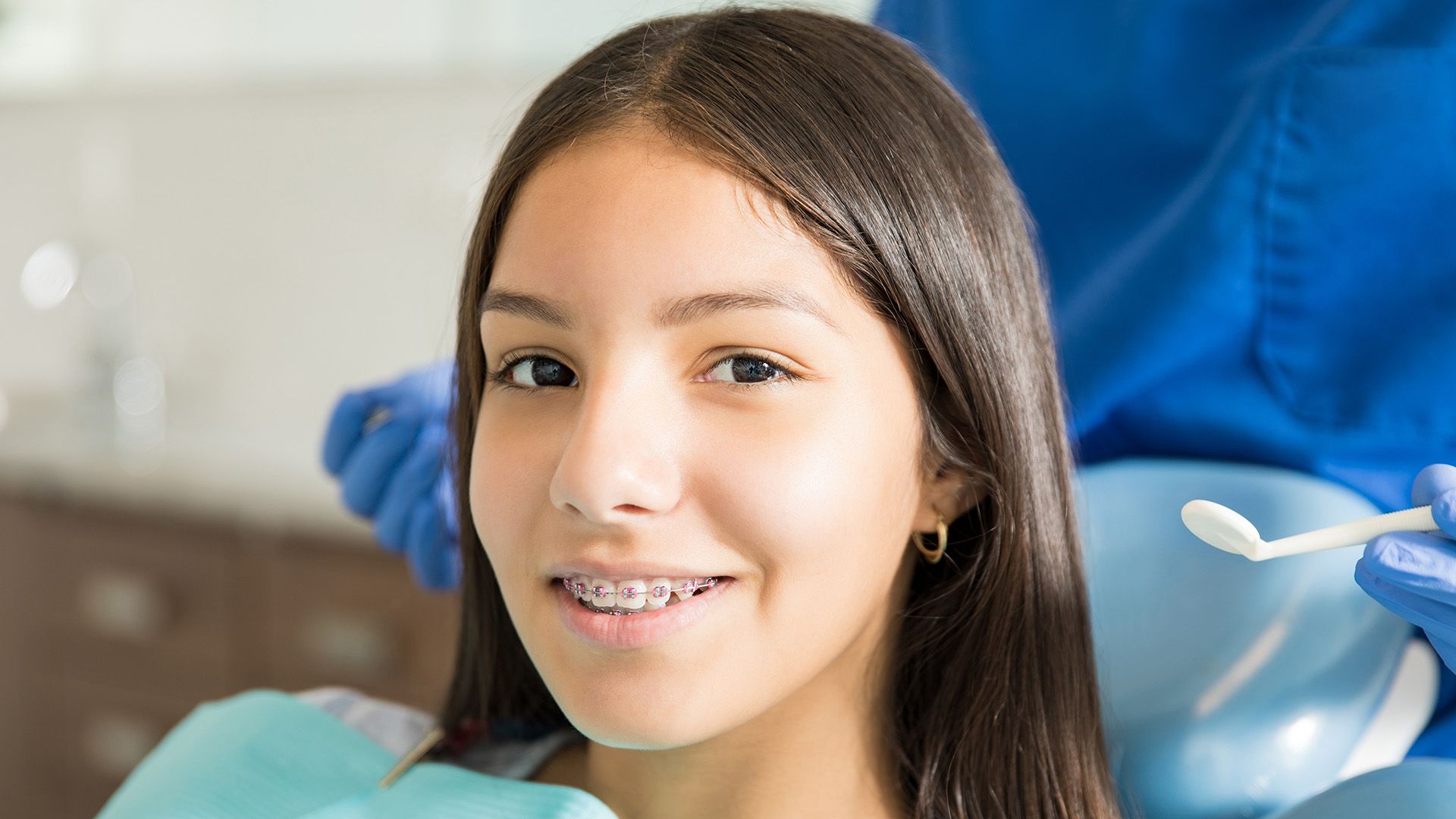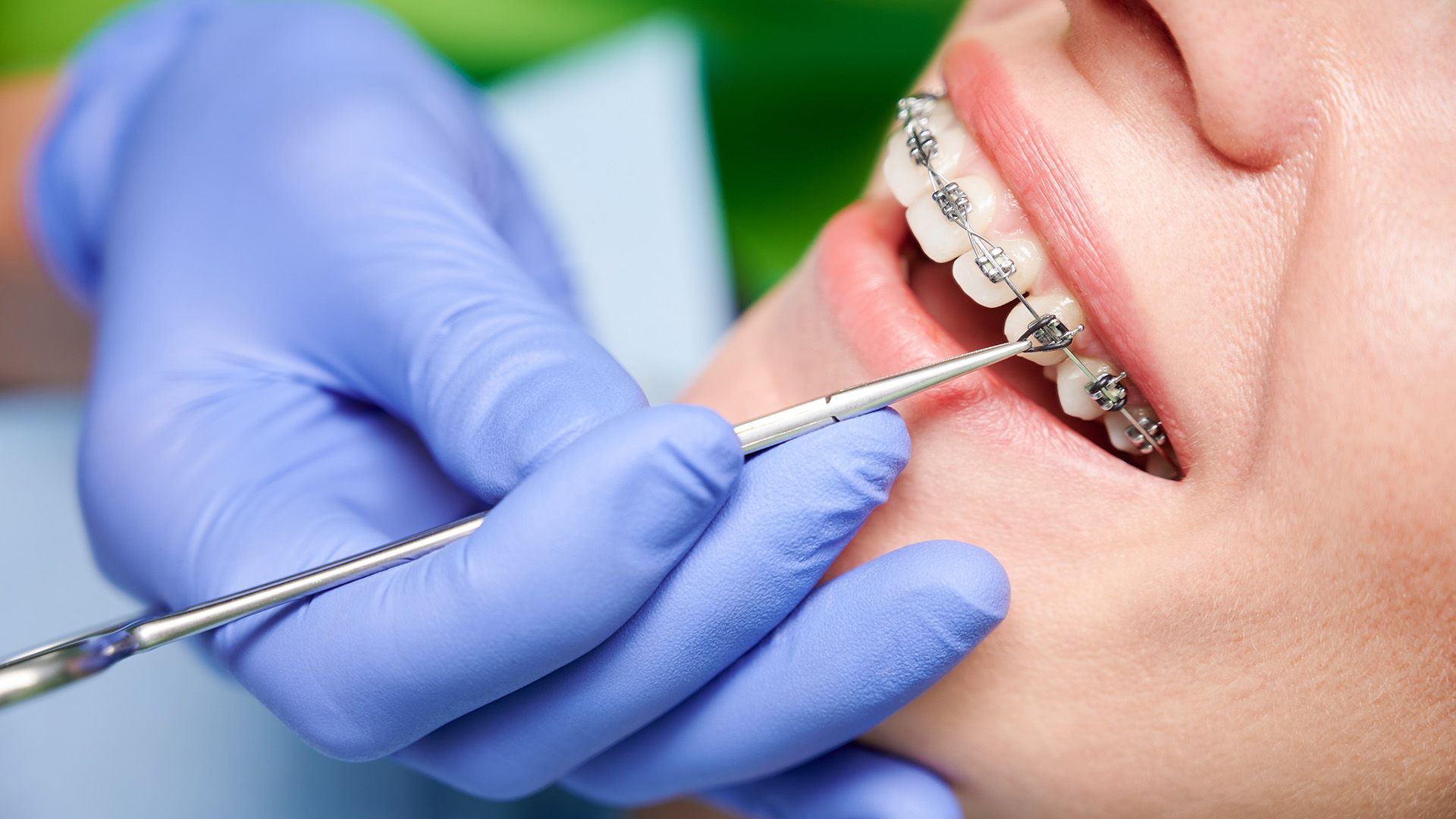What to Do if Your Retainer Doesn’t Fit Anymore
Discovering that your retainer no longer fits can be frustrating and concerning, but knowing what to do if your retainer doesn’t fit anymore is crucial to preserving your smile. A well-fitting retainer is vital for maintaining the position of your teeth following orthodontic treatment. Whether the problem arises from wear, shifts in your teeth, or other factors, neglecting a poorly fitting retainer can lead to unwanted teeth movement. This guide will help you identify the problem, understand why your retainer might not fit, and explore solutions to resolve the issue. Your smile deserves optimal care, and knowing how to handle a retainer that doesn't fit is the first step in ensuring it stays that way.

Signs Your Retainer Doesn’t Fit
Recognizing when your retainer is no longer fitting properly is crucial for maintaining your orthodontic results. Knowing what to do if your retainer doesn’t fit anymore involves looking out for common signs, such as discomfort or pain while wearing the retainer, which may indicate a poor fit. If the retainer feels loose or shifts when you speak or chew, it may not be providing adequate support.
To assess the fit at home, place the retainer in your mouth as you typically would. Pay attention to how it feels on your teeth—a snug fit should be firm without causing discomfort. Try gently pressing on the retainer with your fingers; if it shifts or feels excessively loose, it likely needs attention. Differentiating between a snug fit and discomfort is key. A snug fit keeps your teeth in place without pain, while discomfort suggests the retainer might be too tight or misaligned. If you suspect your retainer doesn’t fit, consulting with your orthodontist is advisable to keep your smile healthy and beautiful.
Why Retainers May Stop Fitting
Several factors can contribute to a retainer not fitting properly, leading to discomfort and dental health concerns. Changes in teeth alignment over time are common—your teeth can shift naturally or due to the absence of a retainer, resulting in a tight or loose fit.
Wear and tear of the retainer material is another consideration. Although designed for durability, retainers can become worn, warped, or damaged over time, especially with improper care. Regular use, exposure to heat, and incorrect cleaning methods can contribute to deterioration, affecting the fit.
Diet and oral habits also impact retainer fit. Hard or sticky foods can cause shifting or breakage, while habits like teeth grinding or nail-biting can alter the retainer's shape. Being mindful of these factors helps ensure your retainer continues to fit well and serve its purpose effectively.
How to Adjust Your Retainer
If you find yourself wondering what to do if your retainer doesn’t fit anymore, you may need to take steps to adjust it. For minor adjustments, try gently warming the retainer in warm (not boiling) water to make the material more pliable. This allows slight reshaping for a better fit. Exercise caution and only make small adjustments to avoid cracks or damage.
Seeking professional help is crucial for significant issues. If the retainer feels too tight, causes pain, or shows signs of wear and tear, consult your orthodontist for adjustments or a new retainer. Avoid DIY fixes that could damage your retainer, as trimming or modifying it at home can cause irreversible harm and potential teeth misalignment. Prioritize your oral health by reaching out to a professional who can maintain the integrity of your orthodontic treatment.
Dealing with a Damaged Retainer
If you suspect your retainer is damaged, identifying the signs for replacement is essential. Cracks, breaks, or a warped shape indicating a poor fit are common indicators. If the retainer feels loose or uncomfortable, or you notice visible damage, it's time to act.
In case of a breakage, remain calm and follow these steps: carefully gather any pieces to prevent further damage and avoid attempting repairs with adhesives, as this can worsen the situation. Rinse the retainer under cool water to keep it clean. If you have a backup retainer, use it temporarily, but don't delay seeking a replacement.
Contacting your orthodontist for a replacement is straightforward. Reach out via phone or an online contact form, and be ready to describe the damage and symptoms. The orthodontic team will guide you through scheduling an appointment to assess the damage and provide a new retainer tailored to your needs. Timely action can help maintain teeth alignment and ensure your orthodontic treatment stays on track.
Importance of a Properly Fitting Retainer
Wearing a properly fitting retainer is crucial for maintaining the outcomes of your orthodontic treatment. An ill-fitting retainer can result in teeth shifting, discomfort, and potential damage to orthodontic appliances. If your retainer doesn't fit as it should, addressing the issue promptly is essential to prevent unwanted changes.
After investing time and effort into achieving a beautifully aligned smile, the last thing you want is for your teeth to revert to their original positions. A retainer stabilizes your teeth, ensuring they stay in the desired position. Regularly wearing a retainer as prescribed by your orthodontist is key to maintaining results and ending your orthodontic journey positively.
Long-term care of your retainer is equally important. Clean it daily using a soft toothbrush and mild soap, avoiding hot water that can warp the material. Store your retainer in a protective case when not in use to prevent damage. If you experience discomfort or notice changes in fit, contact your orthodontist immediately for guidance. By taking these steps, you can ensure your retainer continues to serve its purpose, helping you enjoy your new smile for years to come.













